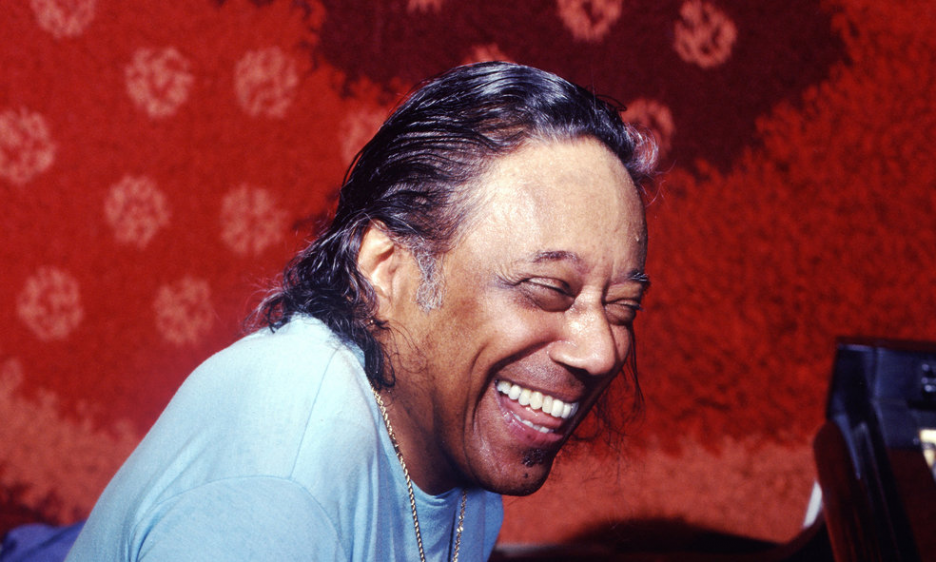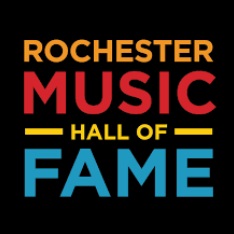Jazz music can be a lifelong calling. Once a musician turns professional, a long career often ensues, sometimes well into their 80s. However, there are a few musicians who buck the trend, and step away from the scene completely. Whatever the reason might be; health issues, burnout or personal choice, let’s look at some artists…
To access this post, you must purchase 7VirtualJazzClub Membership or Pre-registrations ticket + annual membership.



